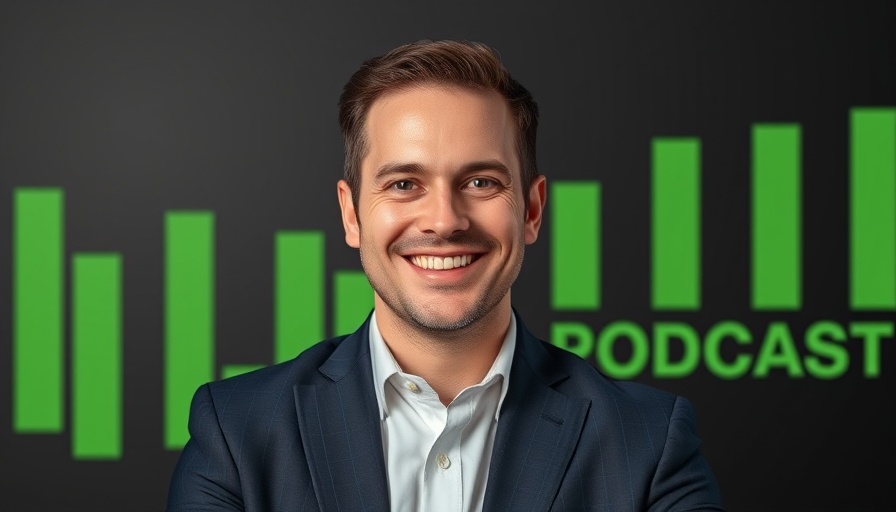
From $600M to $5B: Microsoft's Transformative Enterprise Strategy
Hayden Stafford, President and CRO of Seismic, reflects on lessons learned during his tenure at Microsoft, where he played an instrumental role in scaling the company's business applications from $600 million to an impressive $5 billion. This success story demonstrates the profound shifts that can occur in a company’s strategy when strong leadership and a clear vision are in place.
Insights from Satya Nadella’s Leadership
During his time at Microsoft, Stafford observed the significant impact of CEO Satya Nadella's leadership on corporate culture. Nadella's emphasis on clarity and transformation not only redefined Microsoft’s organizational ethos but also paved the way for innovative partnerships. These partnerships became essential as they fostered a collaborative environment rather than a transactional one, feeding into a bank of expertise that further drove revenue growth.
Implementing a Winning Playbook for Growth
Stafford emphasizes a systematic approach through a well-structured playbook that companies can adopt to successfully transition from a small to a larger enterprise. This includes effective partner enablement, strategic segmentation, and thoughtfully designed incentive structures.
The Power of Retention as a Metric
Retention should not be dismissed as a customer success (CS) metric but be seen as a crucial element of sales strategy. By aligning sales teams with customer retention goals, businesses can foster a culture that prioritizes long-term relationships alongside immediate results.
Diving into Vertical SaaS Markets
In a time when many companies shy away from niche markets, Stafford's experience shows that venturing into vertical SaaS, particularly within sectors like financial services, can yield substantial dividends. Seismic’s success offers a strong reference for others looking to dominate specific categories amid fierce competition.
Closing Major Deals in Adverse Times
Stafford's experience negotiating a $600 million deal with Merrill Lynch at the height of the 2008 financial crisis illustrates the importance of building trust and demonstrating value in uncertain conditions. This not only speaks to sales acumen but also indicates a company's resilience and adaptability.
Creating a Culture of Value Across Teams
The “Value Continuum” concept introduced by Stafford serves as a dynamic framework to align sales, services, and customer success teams towards accomplishing shared business outcomes. Leveraging this model can ultimately lead to increased customer satisfaction and loyalty, fostering a positive cycle of growth and performance.
For businesses in the automotive sales sector, embracing a transformative mindset could mirror the strategies provided by Stafford. By focusing on culture, retention, vertical specialization, and partnership-driven growth, dealerships can create an environment ripe for operational efficiencies and heightened customer satisfaction.
 Add Row
Add Row  Add
Add 




Write A Comment